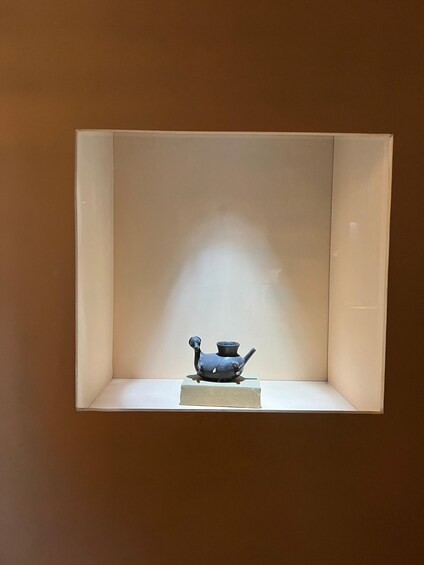Tiwanaku, also spelled Tiahuanaco, is an ancient archaeological site located near the southeastern shore of Lake Titicaca about two hours from La Paz. It's considered one of the most important pre-Columbian archaeological sites in South America. Spanning several square kilometres, Tiwanaku is a testament to the advanced civilisation that once thrived in the Andean highlands.
The culture that thrived at Tiwanaku had a significant influence on the surrounding regions. Their agricultural innovations, such as raised fields and terraces, enabled them to cultivate crops in the harsh high-altitude environment, which, in turn, supported a thriving society. They also developed a distinctive artistic style, known for its intricate stone carvings and pottery.
Today, Tiwanaku is a Unesco World Heritage site, drawing visitors and researchers from around the world. The site's historical and architectural significance continues to captivate the imagination of those interested in ancient civilisations and Andean history.
These ruins stand as a testament to the ingenuity and cultural richness of the ancient Andean peoples. Its precise purpose and the reasons for its decline remain subjects of fascination and exploration, making it a crucial site for understanding the history of the Andes and its enigmatic past.




